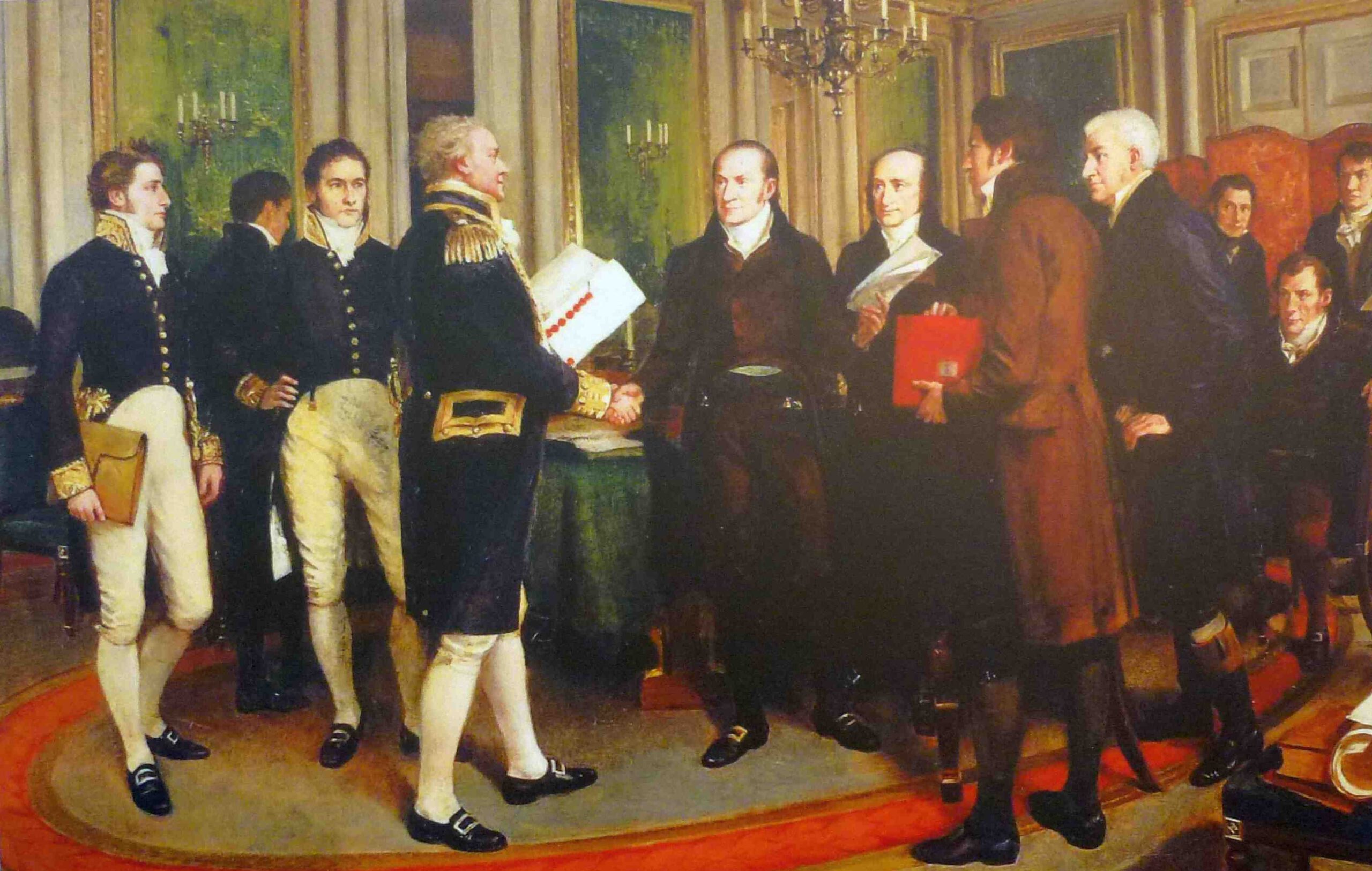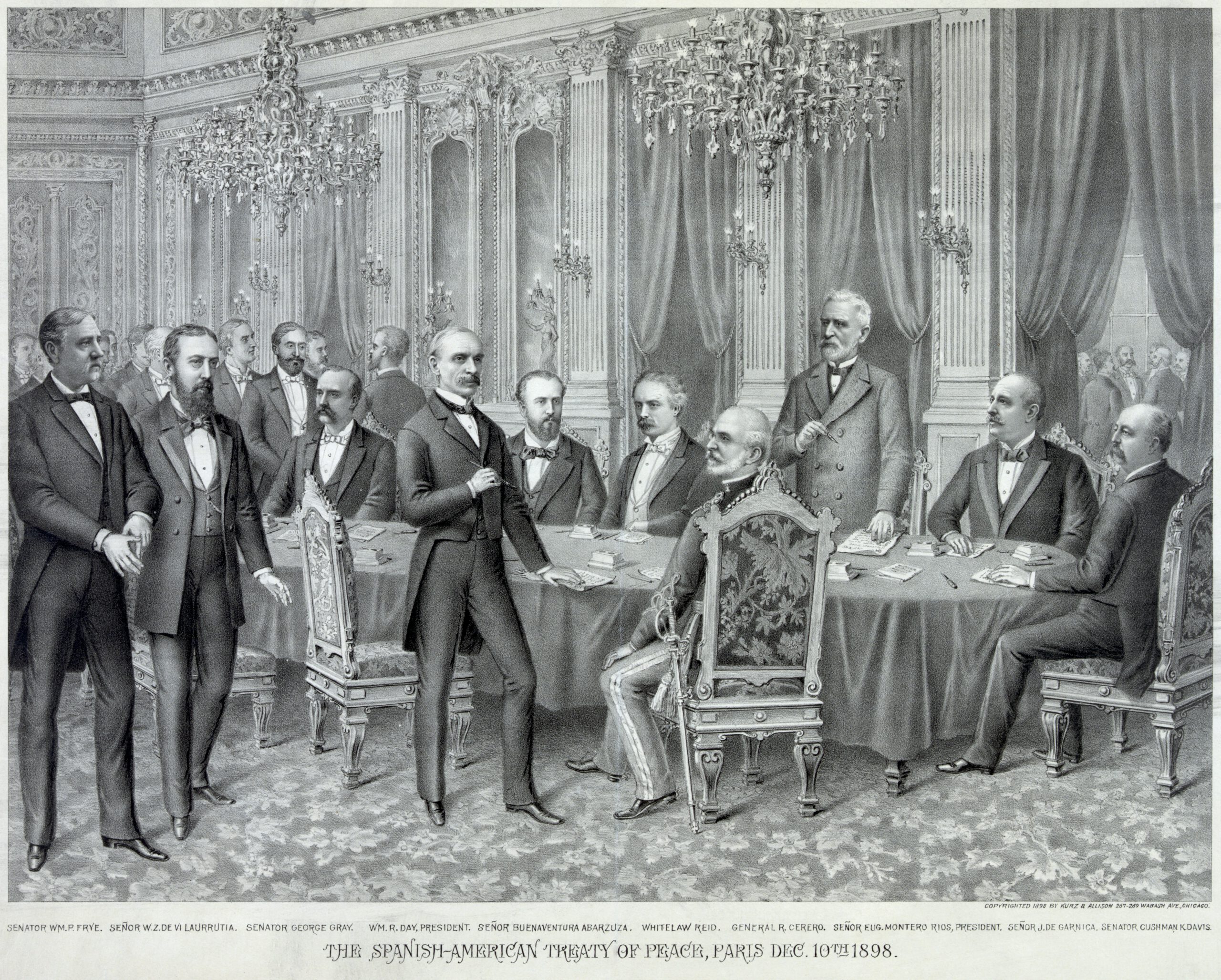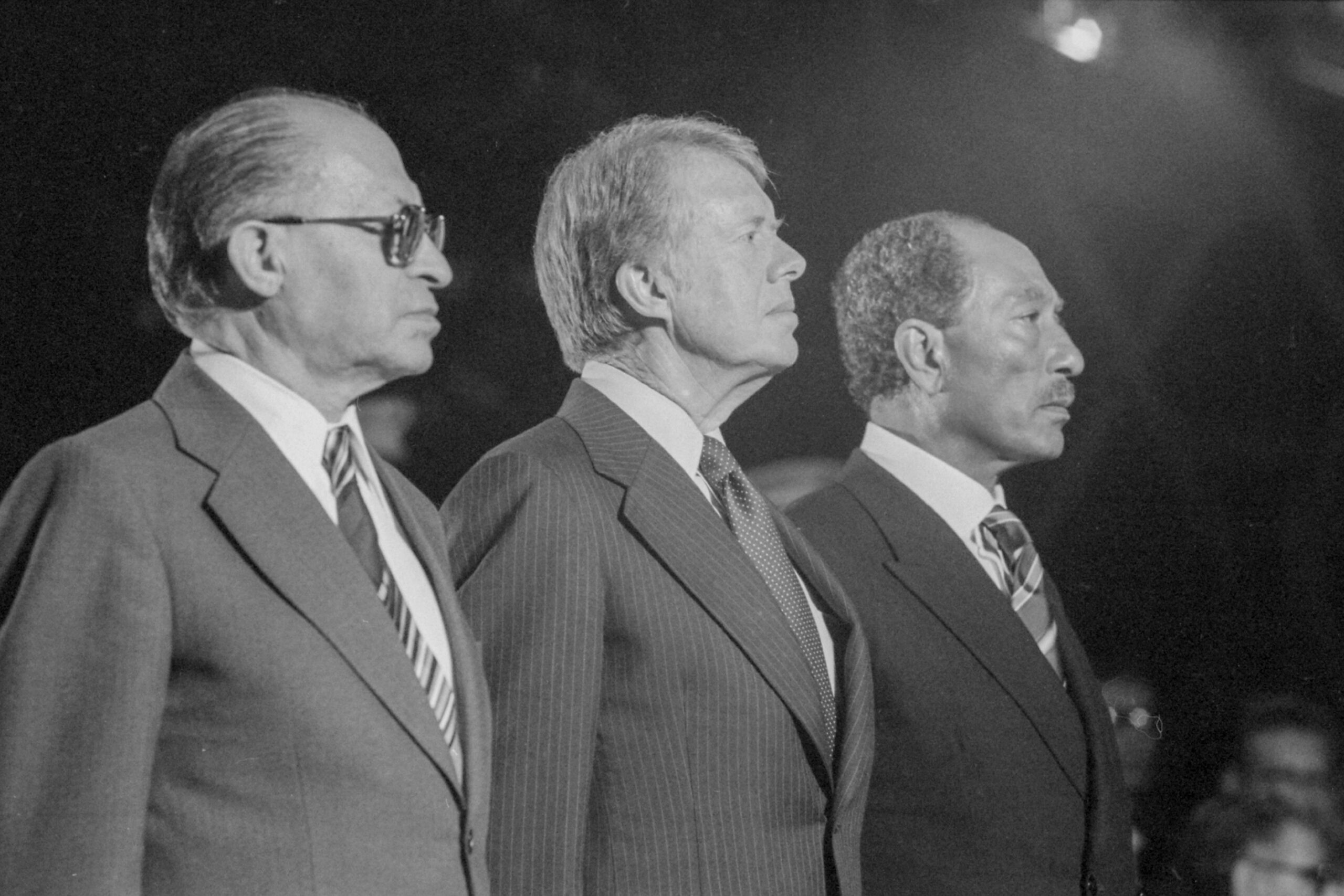The history of the United States is marked by significant treaties and agreements that have shaped the nation’s course. From establishing peace to defining borders, these treaties have played crucial roles in the evolution of the U.S. Let’s delve into ten of these pivotal agreements, each with its own story to tell.
The Treaty of Paris (1783)
The Treaty of Paris is often remembered as the agreement that marked the end of the American Revolutionary War. Signed in 1783, it was more than just a peace deal; it was the birth certificate of a new nation. This treaty recognized the United States as an independent country, free from British rule. It established borders for the new nation, stretching from the Atlantic Ocean to the Mississippi River. While the treaty granted the U.S. significant territorial gains, it also left some areas of tension unresolved, sowing seeds for future conflicts. The Treaty of Paris remains a cornerstone of U.S. history, symbolizing both victory and the challenges of newfound independence.
The Louisiana Purchase (1803)
The Louisiana Purchase was a monumental land acquisition that doubled the size of the United States. In 1803, President Thomas Jefferson negotiated with France to buy the vast territory for $15 million. This deal was significant not only because of its size but also because it demonstrated the U.S.’s ambition to expand westward. The purchase opened up opportunities for exploration and settlement, leading to economic growth and increased national security. However, it also raised questions about the expansion of slavery and the treatment of Native American lands. The Louisiana Purchase is often seen as a bold move that shaped the future of the nation.
The Treaty of Ghent (1814)

The Treaty of Ghent ended the War of 1812 between the United States and Great Britain. Signed in 1814, it essentially restored relations between the two nations to their pre-war status. The treaty did not address the issues that had led to the war, such as trade restrictions and impressment of American sailors, but it did bring an end to hostilities. The lack of territorial changes and reparations highlighted the stalemate nature of the conflict. Despite this, the treaty was a turning point, leading to a long-lasting peace between the U.S. and Britain. It also fostered a sense of unity and national identity in the United States.
The Adams-Onís Treaty (1819)
Also known as the Transcontinental Treaty, the Adams-Onís Treaty was signed in 1819 between the United States and Spain. This agreement ceded Florida to the U.S. and defined the boundary between the U.S. and New Spain (now Mexico). It was a diplomatic success that resolved territorial disputes and prevented potential conflicts. The treaty was significant because it expanded U.S. territory and secured control over the Gulf of Mexico. It also influenced the future of U.S.-Mexico relations by establishing a clear boundary. The Adams-Onís Treaty was a testament to successful diplomacy and expansionist ambition.
The Treaty of Guadalupe Hidalgo (1848)
The Treaty of Guadalupe Hidalgo ended the Mexican-American War in 1848. It was a defining moment as it resulted in the U.S. acquiring vast territories, including present-day California, Nevada, Utah, and parts of several other states. The treaty marked a significant expansion of U.S. territory, fulfilling the idea of Manifest Destiny. However, it also brought challenges, such as integrating diverse populations and addressing the rights of Mexican citizens in the newly acquired lands. The Treaty of Guadalupe Hidalgo had lasting impacts on both nations, shaping their borders and future relations.
The Oregon Treaty (1846)
The Oregon Treaty was an agreement between the United States and Great Britain, signed in 1846. It settled the boundary dispute over the Oregon Country, a region claimed by both nations. The treaty established the 49th parallel as the border between the U.S. and British Canada, extending from the Rocky Mountains to the Pacific Ocean. This agreement was significant because it peacefully resolved a potential conflict and secured the U.S.’s access to the Pacific Northwest. The Oregon Treaty exemplified diplomatic negotiation and compromise, preventing a war and promoting peaceful expansion.
The Treaty of Paris (1898)

This later Treaty of Paris, signed in 1898, ended the Spanish-American War. It marked the end of Spanish colonial rule in the Americas and signaled the rise of the United States as a global power. The treaty resulted in Spain ceding territories like Puerto Rico, Guam, and the Philippines to the U.S. While it expanded American influence overseas, it also sparked debates about imperialism and the nation’s role in world affairs. The Treaty of Paris of 1898 was a turning point that shaped U.S. foreign policy and its position on the global stage.
The Kellogg-Briand Pact (1928)
The Kellogg-Briand Pact was an international agreement signed in 1928, aiming to prevent war as a tool of national policy. Named after U.S. Secretary of State Frank B. Kellogg and French Foreign Minister Aristide Briand, it was signed by numerous countries, including the United States. While the pact was idealistic, aiming to promote peace, it lacked enforcement mechanisms. Despite its limitations, the pact symbolized a collective desire to avoid another devastating conflict like World War I. It laid the groundwork for future international peace efforts, reflecting a shift in global attitudes towards war.
The North Atlantic Treaty (1949)
The North Atlantic Treaty, signed in 1949, established the North Atlantic Treaty Organization (NATO). This military alliance was created in response to the growing threat of Soviet expansion during the Cold War. The treaty committed member nations, including the United States, to mutual defense in case of an attack. It marked a significant shift in U.S. foreign policy towards collective security and international cooperation. NATO played a crucial role in deterring Soviet aggression and maintaining peace in Europe. The North Atlantic Treaty remains a cornerstone of U.S. foreign relations and global security.
The Camp David Accords (1978)

The Camp David Accords were a series of agreements brokered by U.S. President Jimmy Carter between Egypt and Israel in 1978. They marked a historic peace agreement between the two countries, ending decades of conflict. The accords led to the signing of a formal peace treaty in 1979, making Egypt the first Arab nation to recognize Israel. This agreement was significant because it demonstrated the U.S.’s role as a peacemaker in the Middle East. The Camp David Accords set a precedent for future peace negotiations and highlighted the importance of diplomacy in resolving conflicts.
The treaties and agreements highlighted here have each left a lasting impact on the United States and the world. From shaping borders to promoting peace, these agreements are woven into the fabric of U.S. history, influencing its path and legacy.


